Hearing Loss: Understanding the Causes, Symptoms, and Treatment Options
Introduction
Hearing loss is a common condition that affects millions of people around the world. It can occur gradually or suddenly, and it can be temporary or permanent. In this article, we will discuss the different types of hearing loss, their causes, symptoms, and treatment options.
Types of Hearing Loss
There are three main types of hearing loss: conductive, sensorineural, and mixed.
Conductive Hearing Loss
Conductive hearing loss occurs when there is a problem with the outer or middle ear that prevents sound from reaching the inner ear. This can be caused by earwax buildup, a perforated eardrum, or damage to the small bones in the middle ear.
Sensorineural Hearing Loss
Sensorineural hearing loss occurs when there is damage to the inner ear or the nerve pathways that transmit sound to the brain. This can be caused by aging, exposure to loud noises, infections, or certain medications.
Mixed Hearing Loss
Mixed hearing loss is a combination of conductive and sensorineural hearing loss.
Causes of Hearing Loss
There are many different factors that can contribute to hearing loss, including:
Aging
Exposure to loud noises
Genetics
Infections
Certain medications
Trauma to the head or ear
Earwax buildup
Tumors
Diseases such as diabetes, heart disease, and high blood pressure
Symptoms of Hearing Loss
The symptoms of hearing loss can vary depending on the type and severity of the condition. Some common symptoms include:
Difficulty understanding speech, especially in noisy environments
Asking people to repeat themselves
Turning up the volume on the television or radio
Ringing or buzzing in the ears
Feeling dizzy or off-balance
Pain or pressure in the ears
Treatment Options for Hearing Loss
There are several treatment options available for hearing loss, depending on the type and severity of the condition. These include:
Hearing Aids
Hearing aids are small electronic devices that amplify sound and make it easier to hear. They can be worn in or behind the ear and are available in a variety of styles and sizes.
Cochlear Implants
Cochlear implants are small electronic devices that are surgically implanted in the inner ear. They bypass the damaged parts of the ear and directly stimulate the auditory nerve, allowing the user to hear more clearly.
Bone-Anchored Hearing Aids
Bone-anchored hearing aids are small devices that are surgically implanted in the bone behind the ear. They use vibrations to transmit sound directly to the inner ear, bypassing any damage to the outer or middle ear.
Surgery
In some cases, surgery may be necessary to treat hearing loss. This may involve repairing a perforated eardrum, removing a tumor, or repairing the small bones in the middle ear.
Assistive Listening Devices
Assistive listening devices, such as personal amplifiers and closed-captioning devices, can be used to enhance hearing in specific situations, such as watching television or attending a lecture.
Prevention of Hearing Loss
While some types of hearing loss are unavoidable, there are steps that can be taken to reduce the risk of developing the condition. These include:
Avoiding exposure to loud noises
Wearing ear protection when in loud environments
Getting regular hearing checkups
Treating ear infections promptly
Avoiding certain medications that can damage hearing
Conclusion
Hearing loss is a common condition that can have a significant impact on a person's quality of life. Understanding the different types of hearing loss, their causes, and treatment options can help individuals make informed decisions about their hearing health. By taking steps to
